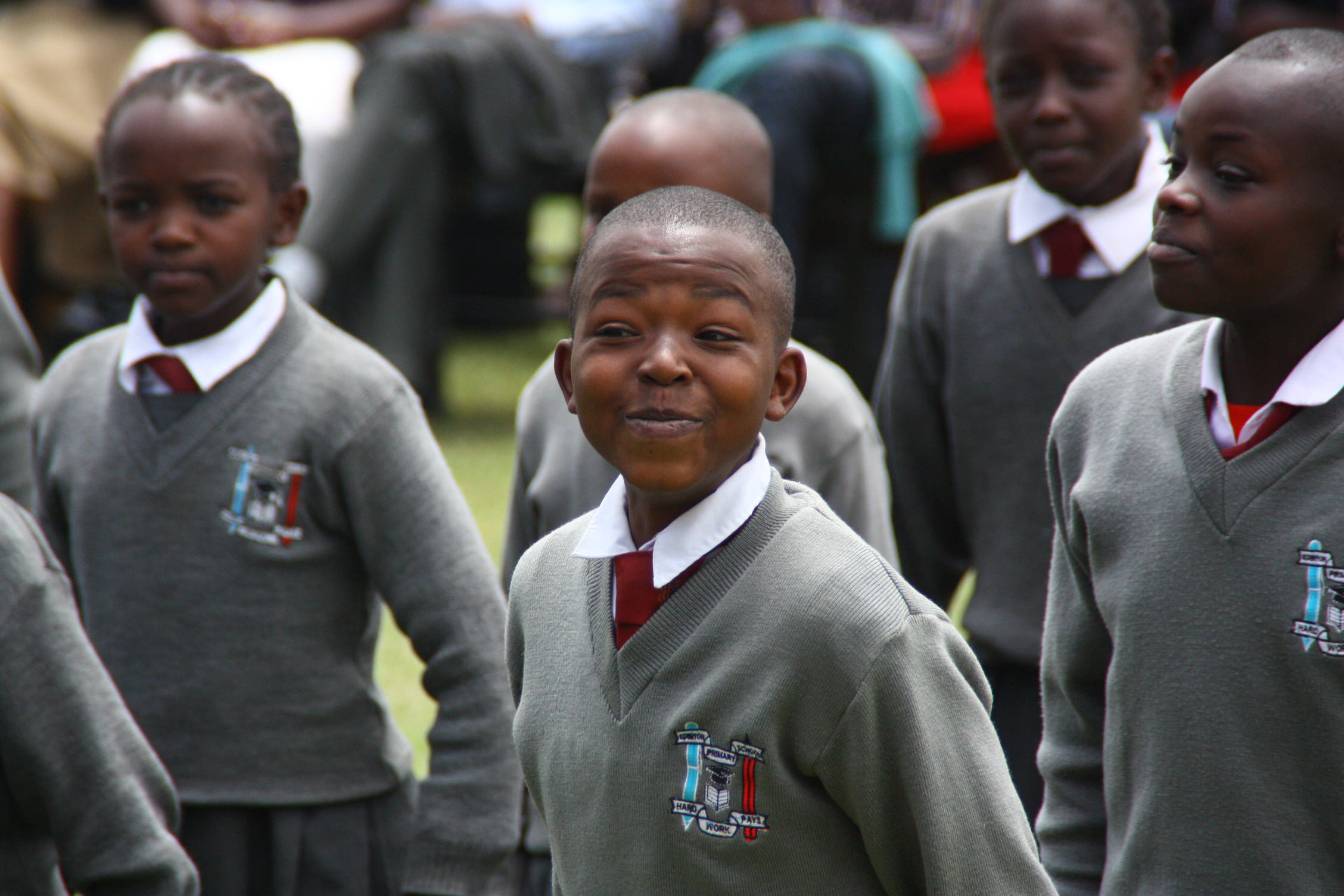CORD LEADER AND GENDER COMMISSION CHAIR COVERED MOST BY MEDIA IN GENDER PRINCIPLE REPORTING

Kenyan school children participating in an event. Association of Media Women in Kenya through a study reports men dominate the gender debate in Kenya
Coalition for Reforms and Democracy (CORD) leader Raila Odinga and the National Gender and Equality Commission (NGEC) chairperson Winfred Lichuma, received the highest coverage by media on the reporting of the attainment of the 2/3rds gender principle.
In a report released by the Association of Media Women in Kenya (AMWIK), the two had the highest mentions in both print and electronic media during a survey that the association conducted between January and June this year.
Odinga had at least 110 mentions in electronic media and 45 mentions in print media, while Lichuma had 58 mentions in electronic media, and 27 mentions in the print media.
The survey revealed a male dominated media reporting terrain in the country, even in issues that touch on women directly.
Actually Lichuma who led the female pack was fourth in the overall ranking after Speaker of the National Assembly Justin Muturi and the Chairperson of the Parliamentary Committee on Justice and Legal Affairs Samuel Chepkonga.
“The coverage of the debate is male dominated, with men having a 70% share of the total coverage on the gender principle whereas women’s coverage was at 30%,” the report partly reads.
So deep is the male bias coverage and most of the leaders who were covered were political leaders at the national level. Male parliamentarians were covered more than their female counterparts.
Other women who received coverage include Mbita Member of Parliament Millie Odhiambo, Narc Kenya leader Martha Karua, Devolution Cabinet Secretary Anne Waiguru and First Lady Margaret Kenyatta.
Article 27(8) of the Constitution of Kenya states: “not more than two-thirds of the members of elective or appointive bodies shall be of the same gender.” With the country approaching a constitutional deadline of the implementation of the article, there has been a lot of debate on how this requirement should be achieved.
Part of this debate has been about a gradual attainment of the 2/3rds gender threshold. It has also been about the need to amend the constitution so as to promote representation in Parliament by women, youth, and persons with disabilities, ethnic minorities and marginalised communities in both elective and appointive positions.
Also scrapping of the positions of County Women Representatives and nominated Members of Parliament, and creating affirmative seats that can fill the gender gap have formed part of the debate.
According to the report, the month of May recorded the highest number of mentions of the gender threshold reporting, recording a total of 62% of the mentions. It will be noted that this is the time there were heated debates of the issue across the nation.
In terms of content and format of coverage, the survey reveals that most of the coverage fell short of the deep analytical format always seen with feature stories as most of the coverage was in the news segment. This was recorded in electronic media in which public broadcaster Kenya Broadcasting Corporation (KBC) and Radio Africa’s Classic 105 led in the reportage.
In the print, Nation Media Group’s Nation newspaper led in the coverage in which most of the issues were highlighted in the daily editions of the paper as opposed to weekend columns that focus on analysis and opinions.
“The 2/3rds gender rule stories were mostly covered in the middle pages of the newspapers particularly on the 13th page. Most of the coverage was feature based as well as opinion pieces,” reads the report that suggests that “to be more effective, women stories need to be carried in the front pages.”
Further, the survey found out that radio journalists were the worst in reporting stories that lead to negative portrayal of women and the whole topic. Among the stories that were reported on radio, 85 were negative. Print and television had 15 and 26 negative stories respectively.
“Radio led in the number of negative stories. There is a tone of sarcasm and irony that emerges in most discussions in radio, particularly vernacular stations.”
Key among the recommendations of the survey is that the “media should enhance the representation of women as news sources” and the identification of male champions to push for the gender agenda.
“There is [also] need for more women political leaders to be identified as proponents and champions of the 2/3rds gender principle. The media seems to have a limited number of women leaders who speak on the issue,” the report says.
Generally, the report recommends on the need to train journalists on gender issues so as to make them more informed and more responsive to the 2/3rds gender principle.
“There is need for the media to undertake its educative role as a priority,” adds the report that was released in Nakuru on August 13 in a breakfast meeting attended by journalists and other stake holders.

